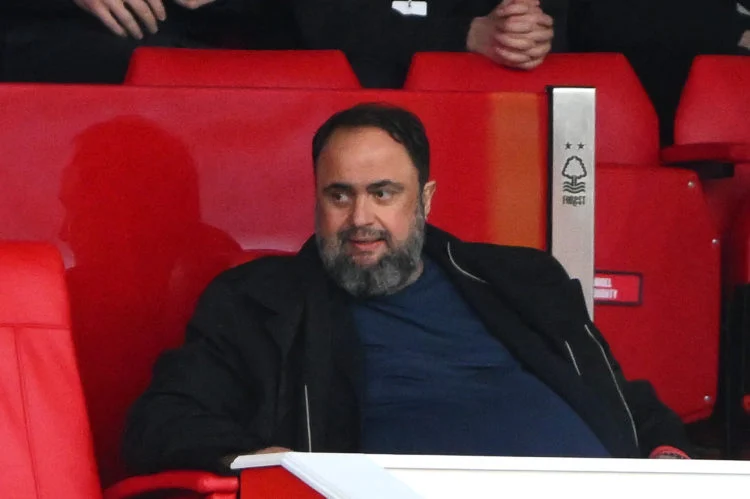
We’ve been in this situation before, and Nottingham Forest is facing a bit of a dilemma with PSR. Forest lost four points after exceeding the PSR level in the previous season.
Fortunately, Nuno Espirito Santo managed to keep Forest alive, and all three of the promoted teams made it back to the Championship. Evangelos Marinakis is aware that this isn’t a viable model for managing a football team and that things need to change. In the end, the regulations may benefit some of the larger teams, but Forest must still abide by them.
With Forest now in a race against time to raise some money before the end of the month, it’s an incredibly frustrating scenario.
Football finance expert delivers verdict on Forest’s PSR situation
So, just how big of an issue is the current predicament that Forest find themselves in?
Regarding the precise windward direction Forest is sailing at this time, the club will remain mum. Common knowledge regarding the account sheet for 2023–2024 is still lacking. Adam Williams, the football financial expert at TBR Football, sees some benefits despite some worries about the PSR situation—but only if Forest can raise £20 million. “Forest needs to navigate the rest of 2023-24 before they can start budgeting for 2024-25,” he said to Nottingham Forest News.
According to the Profit and Sustainability Rules, the three-year rolling evaluation window period and the season don’t end until June 30. Before then, it’s estimated that Forest will need to make up a PSR gap of about £20 million. Crucially, the £20 million amount must include the “profit” from player sales as well as the total value of individual player sales. “An academy player’s whole fee will be considered pure profit if the club sells the player. Therefore, the full £47.5 million that Forest received in exchange for Brenan Johnson was added back to the PSR estimate.
However, a player’s value in the books drops as their contract lengthens. For example, a £5 million athlete signed a five-year contract would be worth £5 million in year one, £4 million in year two, £3 million in year three, and so on. “Any money they made for him during that period would be deducted from his book value, so if they sold him in year three for £5 million, that would be considered a £2 million profit.”
Light at the end of the tunnel for Forest
Clearly, the fact that this situation is still at the forefront of the club’s mind represents a cause for concern.
However, there could be some light at the end of the tunnel for Forest – if they can comply and raise the relevant funds this month
Williams explains that as Forest are now set to embark on a third season in the Premier League, the amount they’re allowed to lose is set to increase.
He continued: “Assuming they manage to make up their circa £20m deficit before 30th June, their PSR calculation will roll over to the next three-year assessment window, from 2022-23 to 2024-25.
“Their allowable loss limit will rise from £61m because they will have now spent three years in the Premier League, so will be allowed to lose £105m for the three years up to 2024-25.
“I expect they will have some room for manoeuvre after the 30th June deadline, therefore.
But I equally wouldn’t be surprised if we saw an approach that elected to spread costs, minimise risk, and prevent the Premier League’s regulators from breathing down their necks.”
For more sport news visit lifestyleroom.net



